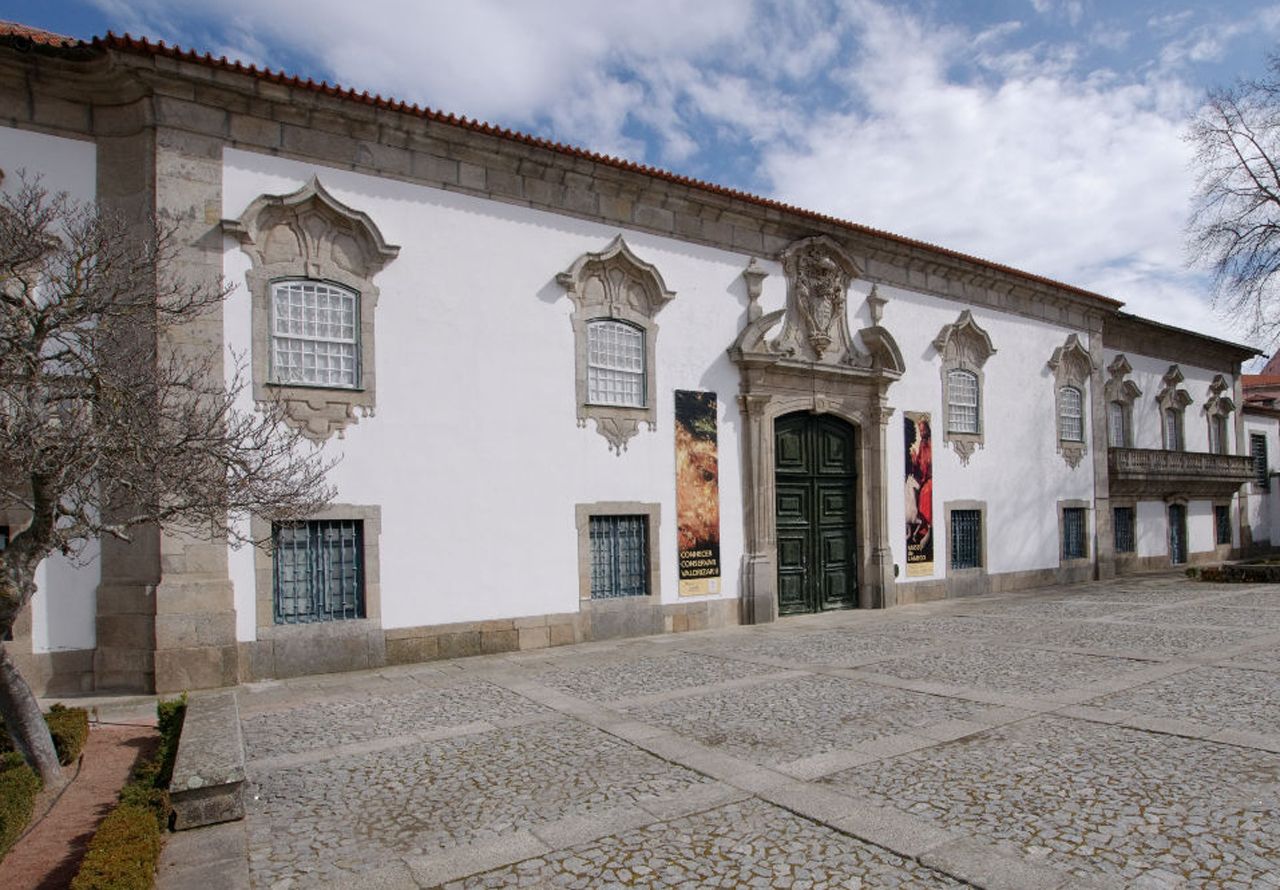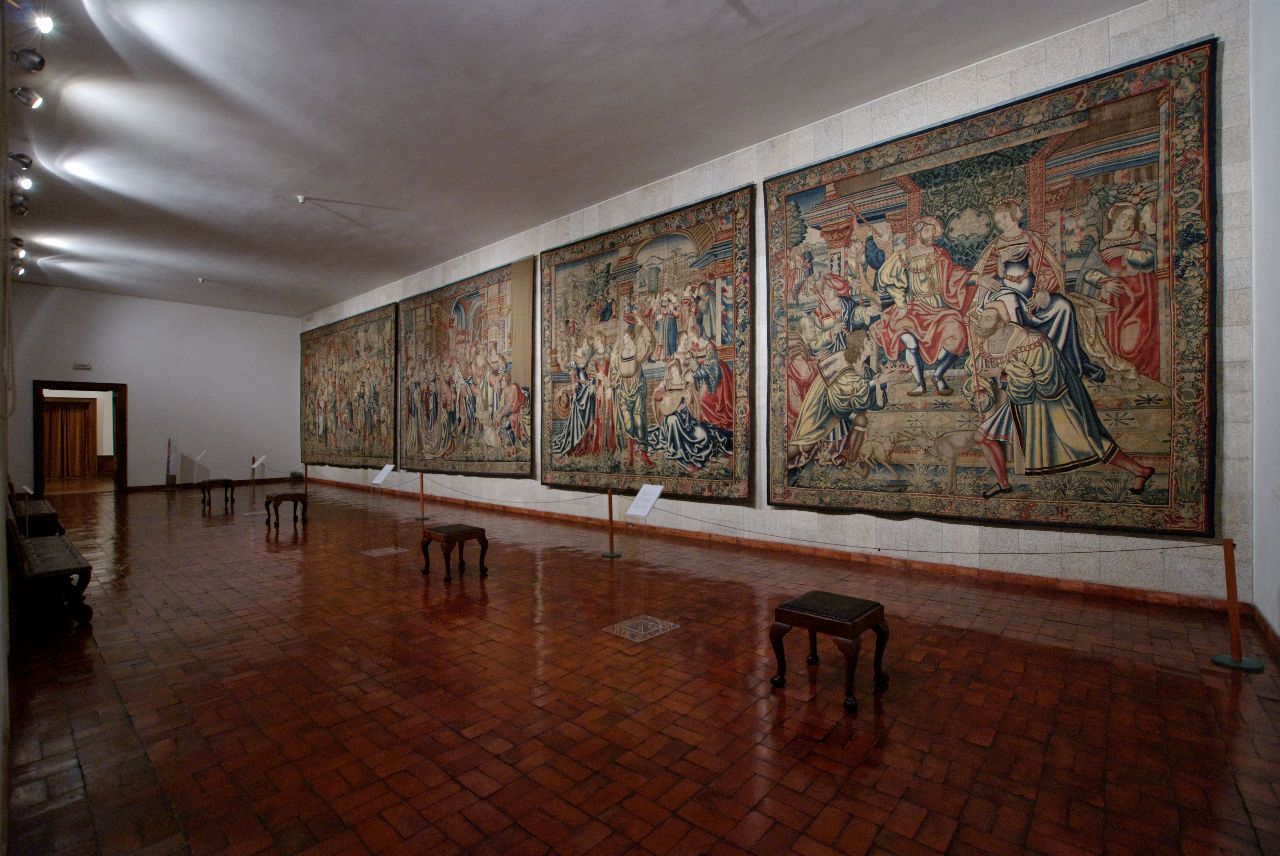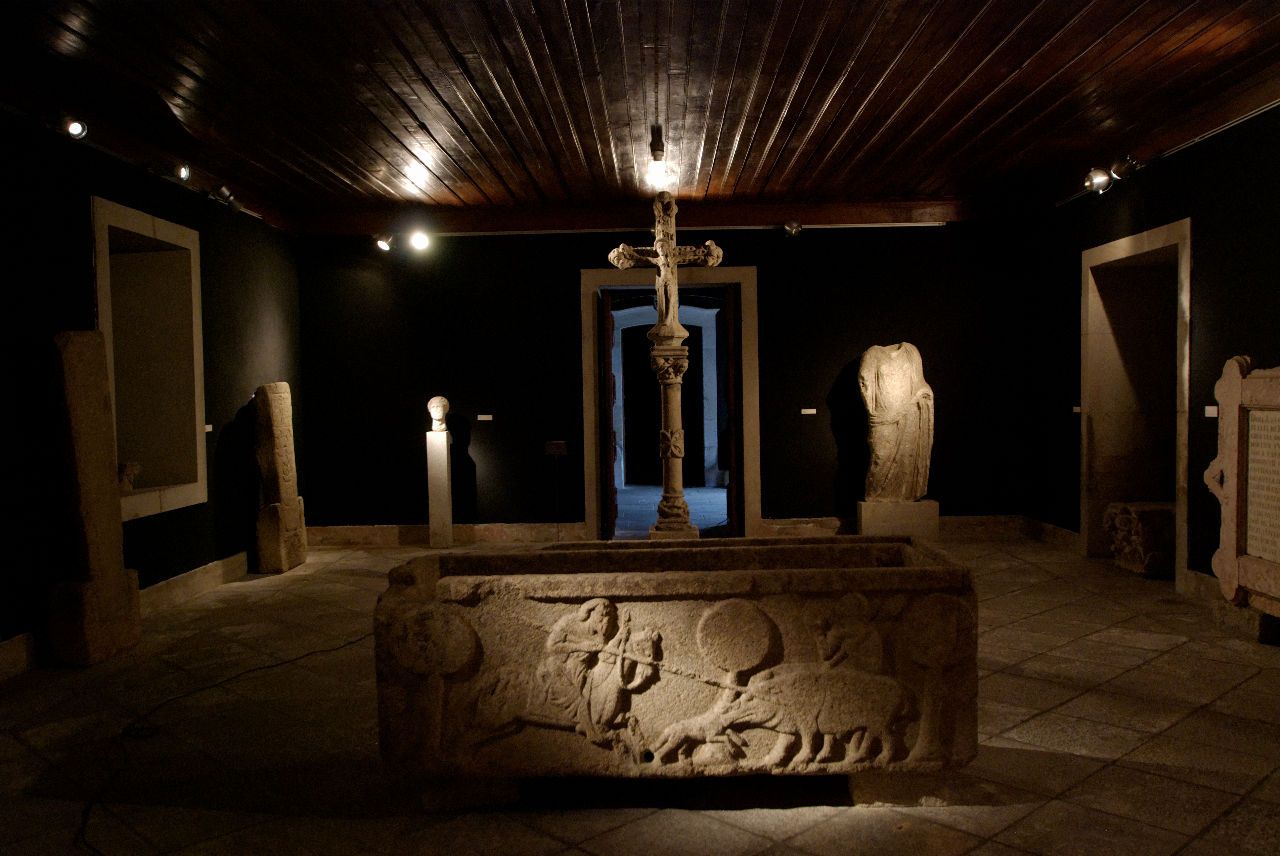Located in the historic centre of the city, the Lamego Museum was founded in 1917, in an 18th-century building where once was the Episcopal Palace. It belongs to the restricted number of centenary museums, whose creation reflects the application of the Law of Separation of State and Church (1911), after the establishment of the Republic.
With a truly eclectic collection, it hosts collections of painting, tapestry, furniture, jewellery, vestments and means of transportation, which were part of the contents of the old palace, complemented, later, by a number of chapels covered with gilded carving, archaeological species, ceramics, engraving, drawing and photography.
The section on Flemish tapestry, woven in Brussels in the first half of the 16th century, the panels painted by Vasco Fernandes (Grão Vasco) for the cathedral of Lamego, in the same period, the glazed tile panels of the 17th century and a medieval tomb ark, classified as “national treasures”, are part of the most relevant section, a collection chronologically more comprehensive, with items dating back to the 1st and 20th centuries. Diverse and plural, the collection allows for a path of discovery into the evolution of the city of Lamego and the people who have lived there for centuries.



